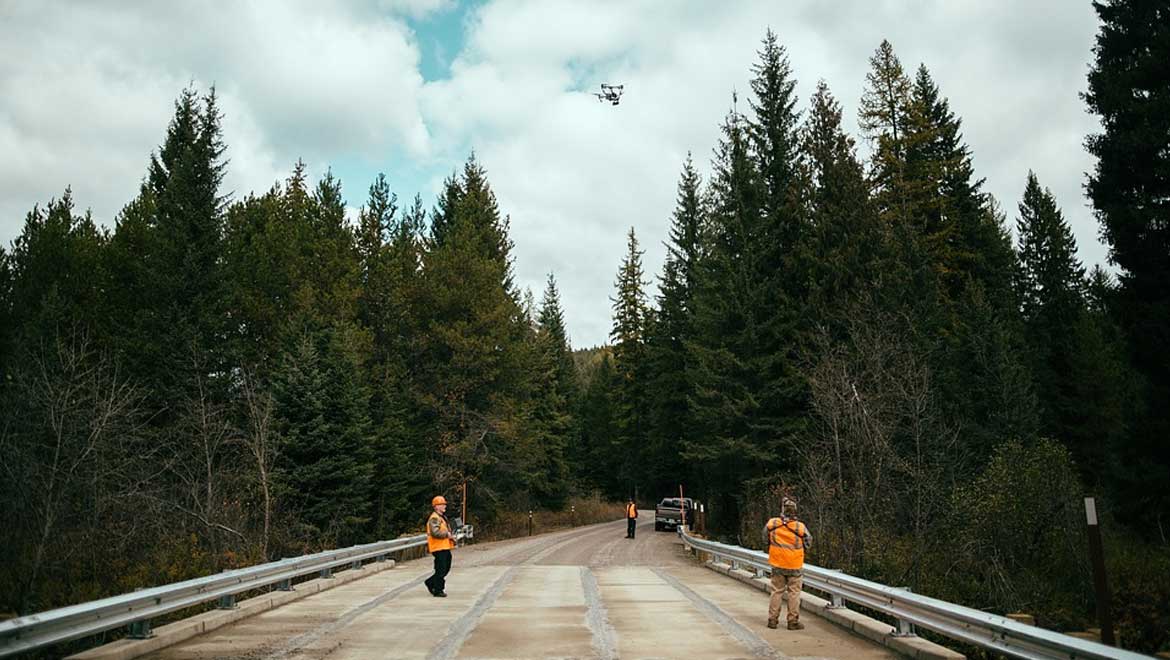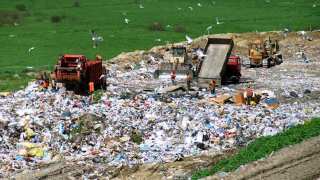The threat of deforestation is real. The biodiverse forests that cover more than 30% of our planet are at risk due to climate change, human interference and natural disasters. This in turn is endangering the lives of the many species who depend on them for survival. The World Resources Institute (WRI) has noted the decline in farmland, which ultimately affects basic necessities like food and drinking water even for the high-income nations of the world.
At the UK’s BioCarbon Engineering, with a mission to create solutions for the depleting environment, conservationists have decided to plant 100,000 trees in one day with the help of a fleet of drones, presently concentrating the rescue efforts in the Irrawaddy Delta of Myanmar. This Asian country has unfortunately seen a decrease in its natural reserve of mangrove trees, because of aquaculture and agriculture, with a startling number of more than 75 percent loss over the last few decades. Thus far 750 hectares (1850 acres) near the river has been fertilized by an organization called Worldview International Foundation. Now, the team at BioCarbon aims to increase this by 250 hectares, and in the process also employ local workers along with the drones. The team has tested this system in the coal mines of Dungog, Australia, because of the immense potential it has in terms of acreage.
How The Drones Are Being Employed
By means of an aerial survey and satellite imaging, a piece of land is identified for operations that is large and spacious, free-of-obstacles such as river or rocks, fertile and suitable for planting such a great number of trees. This is followed by 3D mapping using the drones, where one operator controls six vehicles, which each sow many pods in the ground. This method is not random but in fact, built to plant in an optimized pattern for maximum germination success. The seeds are dispersed at approximately 300 seeds per hectare, every 18 minutes or so. Post-planting, the area is observed and monitored carefully and the collected data is analyzed with respect to the ecosystem.
Another similar system is Seattle’s DroneSeed. This workforce has reinvented reforestation by a technique called precision forestry. Here, the drones are not only employed for planting but also other processes such as spraying fertilizers and general maintenance of crops.
With a wide range of benefits including efficiency, scalability, high speed and low costs compared to manual labour, we eagerly await BioCarbon CEO, Lauren Fletcher’s vision of: “We’re going to change the world, one billion trees at a time” to translate into reality. For the biodiversity of our planet, this change can’t come a moment too soon.
Top image: (Public Domain)
References:
Debczak, M. (2017), Mental Floss, http://mentalfloss.com/article/503527/these-drones-can-plant-100000-trees-one-day, (accessed 25 Aug 2017)
BioCarbon Engineering, https://www.biocarbonengineering.com, (accessed 25 Aug 2017)
WWF, https://www.worldwildlife.org/threats/deforestation, (accessed 26 Aug 2017)
Edmond, C. (2017), World Economic Forum, https://www.weforum.org/agenda/2017/06/drones-plant-100000-trees-a-day/, (accessed 28 Aug 2017)
Sustainability Theory (2017), https://www.youtube.com/watch?v=OaNmRpR-aQg, (accessed 28 Aug 2017)
Sturmer, J. (2017), ABC News, http://www.abc.net.au/news/2017-06-25/the-plan-to-plant-nearly-100,000-trees-a-day-with-drones/8642766, (accessed 30 Aug 2017)







No comment